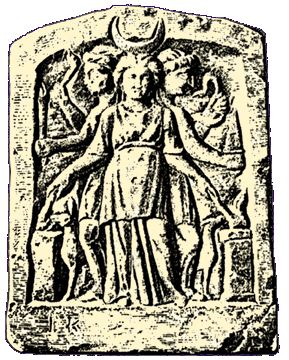"1 teaspoon Dragon's Blood Resin (powdered)
15 teaspoons alcohol or vodka
1 teaspoon gum arabic (ground)
15 teaspoons alcohol or vodka
1 teaspoon gum arabic (ground)
Soak the powdered resin in the alcohol until dissolved, then add the ground gum arabic. Filter through a cloth and store in a dark bottle."
The simplest of inks requires only the soot of burnt wood, water and a bit of Gum Arabic to stabilize the ink and allow fluidity of pigment. Because one can use virtually any kind of wood to make inks and shrubs and trees are amongst mankind's oldest allies and companions, this simple process makes very interesting inks. Graveyard Cypresswood ink for rites of Necromancy, Midsummer 7 Wood Bonfire ink for glorious tales of success, perhaps even ink from an old household item whose importance is now continued in this new form to which you can add ash from relevant items. Since this type of ink is water based and thickened with a water soluble agent, there is virtually no end to the combinations you can do so long you pay attention to what you harvest, where, how and if those things are actually water soluble.
Despite the simplicity of the method detailed above, three inks gained popularity amongst magicians. They are the Dove's blood ink, to be used in the affairs of the heart; Bat's Blood Ink for acts of malecifium and Dragon's Blood ink, a general empowering ink. Because these inks require two types of menstruums, alcohol and water, they are trickier to make, unless, of course, you decide to go with the animal's blood on the first two and discard the botanicals and oils that compose the modern recipes. As wrongly detailed on the first recipe given, you can't mix gum Arabic to alcohol and get a workable result. These three famous inks rely on essential oils, resins, ashes of botanical allies; each of these dissolves in different menstruums. As a rule of thumb, oils and resins dissolve in alcohol (in my experience, Ethanol is the best alcohol to keep the oils in solution without having to add oil emulsifiers to the mix and complicate it a bit more), whilst gum is water soluble. Since alcohol mixes with water, after the initial (di)solution of the oils and resins in the water, the dissolved gum Arabic is later added. This stage is tricky and the best teacher to overcome it is experimentation. One tip that was given to me was to add liquid gum Arabic – sold in art stores – to the solution. When all is mixed and workable, all is left to do is to strain and store in a well corked bottle.
As you can guess, there are many more ink crafting methods. From the pre-historic ochre based to the XIX century sepia ones. Some involve only soot of botanicals, others also include soot of burnt animals; some use only water and a gum thickener, others include different greases and oils; ink making is a rich enough craft that allows for years for experimentation.


